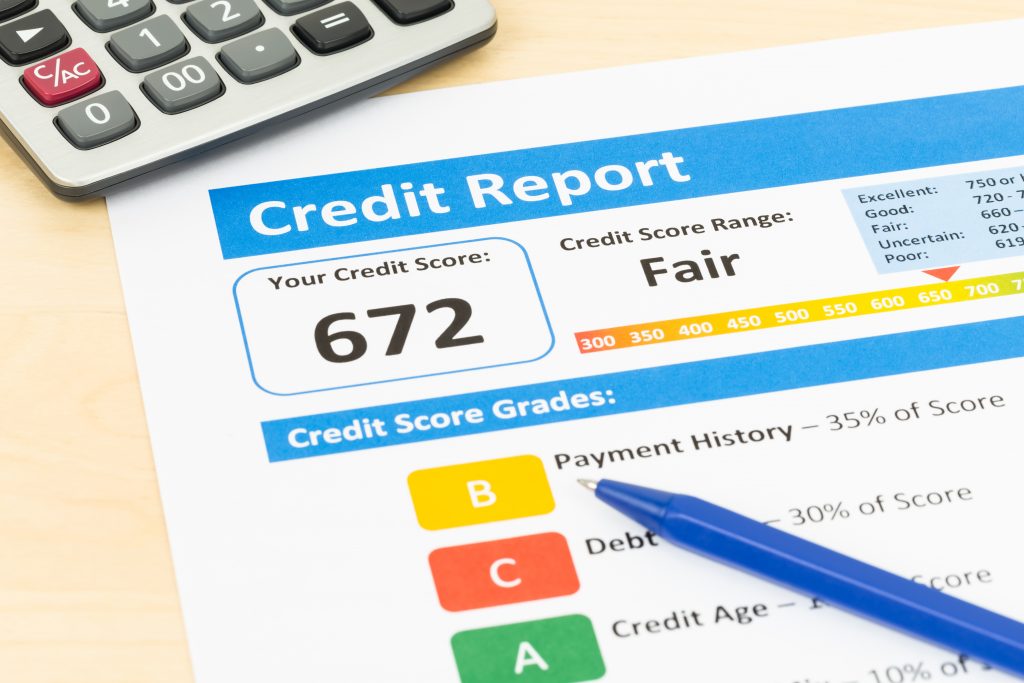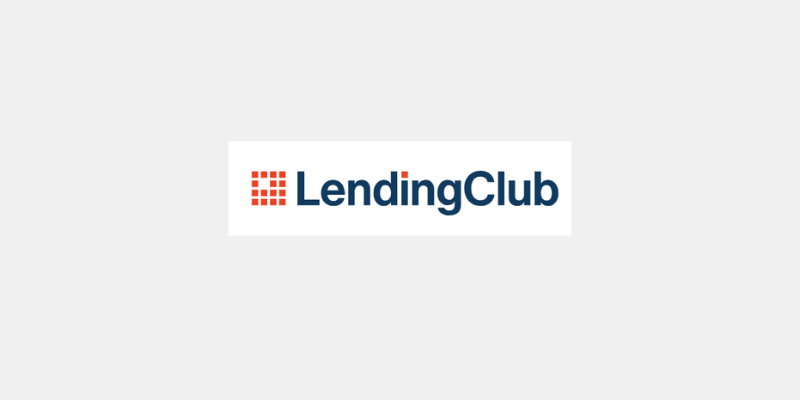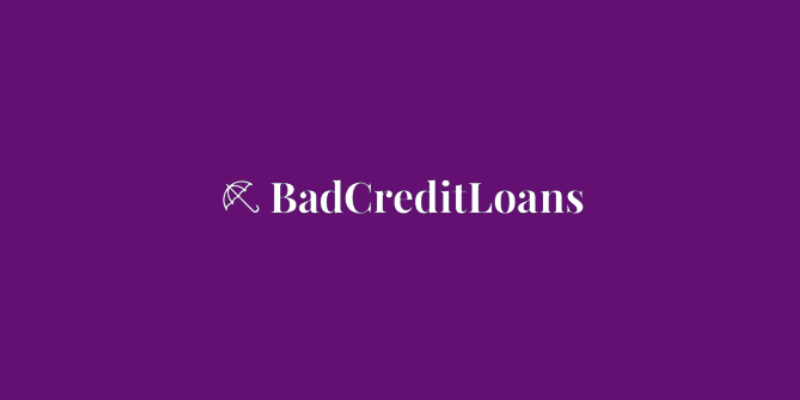CA
TFSA vs RRSP: Which is the best to prioritize?
Do you know what is a TFSA or RRSP? In this article, we will tell you all about both of them. Come see which is best for you!
TFSA or RRSP: a guide and comparison

Do you know how to invest in Canada? Is it the same as investing in the United States? Is it possible to do it by yourself? Does with require experience? TFSA or RRSP, which is better? Do you feel interested in investing in Canada? Then we wrote this article especially for you. Say hello to international investments!
The goal of this article is to talk to beginners. In order for us to compare these two types of investment products, TFSAs and RRSPs, you need first to understand Canada’s investment structure. So, what are you waiting for?
| TFSA | RRSP | |
| Pros | – zero taxes – zero barriers – joint account – no income limits – for short- or long-term | – zero taxes – no age restriction – tax-deductible – creditor protection – low lifetime tax rate |
| Cons | – no income-tax reduction – no creditor protection | – withdraw age limit – few contribution rroms |

Investing in Canada: a guide for starting!
Canada is a great country with lots of opportunities for those who want to invest. So, read more to know how to start investing in Canada!
What is TFSA?
The acronym TFSA stands for Tax-Free Savings Account. And you probably already know the meaning of a savings account, as well as its purpose. Maybe you even have one yourself.
Tax-free savings accounts are bank accounts in Canada that do not tax contributions, interest earned, dividends, and capital gains. You can withdraw them for free. However, this type of savings account can offer certain investment products. For example, mutual funds, securities, and bonds.
To apply for one, you need to be 18 or older. And after opening one TFSA, you can use it to help you with different goals.
You will be redirected to another website
By submitting this form, I agree that I am 18+ years old and I agree to the Privacy Policy and Terms and Conditions. I also provide my signature giving express consent to receive marketing communications via automated emails, SMS or MMS text messages and other forms of communication regarding financial products such as credit card and loans. Message frequency varies and represents our good faith effort to reach you regarding your inquiry. Message and data rates may apply. Text HELP for help or text STOP to cancel. I understand that my consent to receive communications is not a condition of purchase and I may revoke my consent at any time.
What is RRSP?
The acronym Registered Retirement Savings Plan. Meaning it is a retirement-oriented savings account. In addition, like a TFSA, it is also an investment account. It works like this: pre-tax money is placed into a registered retirement savings plan and grows tax-free until withdrawal. For the withdraw, the institution will tax a marginal rate.
Those who already invest in the United States will notice that RRSPs are very similar to 401(k) plans. We already wrote about retirement accounts in the US, in case we want to learn more about them too.
The more money you save on it, the more your RRSP account will grow. Therefore, the more money you will be able to withdraw to enjoy your retirement without having to worry about work.
These accounts are meant for Canadian employees and self-employed individuals. And the good news is, as long as you do not withdraw your money, your earnings will not be taxed.
Benefits of TFSA
Compounding with zero taxes: Investments held within a TFSA do not have to be held in an individual’s bank account. There is no death tax on TFSAs so you can pass on your assets to your children when they grow up.
Withdrawing with zero barriers: Withdrawing from a tax-free savings account (TFSA) does not count as income and will have no effect on government benefits. This is particularly beneficial for low-income seniors who receive benefits with high clawback rates. With a TFSA, there are no mandatory withdrawals and you can let your TFSA grow tax-free for the rest of your life.
Sharing with a spouse: Tax-free savings accounts (TFSA) allow you to share contribution room with your spouse while maximizing their tax-sheltered space. Because TFSA contributions are made with after-tax dollars, the government is unconcerned if you give money to your spouse in order for them to contribute to their TFSA.
Contributing with zero income limitations: The contribution room for a TFSA is the same regardless of your income. This is ideal for people with low and moderate incomes. It is possible for these households to tax-shelter a higher percentage of their income. This percentage rises for low-income earners thanks to the TFSA.
Saving money for short or long-term objectives: You can use a TFSA to save for short- or medium-term goals, such as a down payment or a vacation because, whenever you withdraw from your TFSA, the contribution room will be reinstated on January 1st of the following year.
Benefits of RRSP

Withdrawing without taxes: RRSP contributions can be withdrawn tax-free through the Home Buyers Plan (HBP) and the Life Long Learning Program (LLP). These programs, which have withdrawal limits and require repayment over a 15-year period, are available to first-time home buyers and people returning to school. The advantage is that it allows people to contribute to an RRSP, receive a tax refund, and then withdraw the money using the HBP and LLP.
Withdrawing with no age restriction: One HUGE benefit of RRSPs is that they allow withdrawals before retirement. Retirement accounts from other countries, like the 401k in US, don’t allow withdrawals before retirement age. Because RRSPs allow withdrawals at any age they work extremely well for early retirees.
Lowering income with tax deduction: Contributions to RRSPs are tax-deductible and reduce your net income, increasing your family’s eligibility for income-tested government benefits.
Creditor protection: Your RRSP savings, like a pension, are protected from creditors and cannot be used to cover liabilities resulting from lawsuits or bankruptcies. This benefit does not apply to TFSAs or RESPs, which can be seized to pay personal liabilities.
Compounding without taxes: An investment made inside an RRSP will grow tax free. This lets your investment compound much faster without the drag of annual taxes. The drag from taxes can be significant. They can be avoided by using an RRSP.
Potentially lowering your lifetime tax rate: You can lower your average lifetime tax rate. Contributions can be made during high tax years and withdrawals can be made in low tax years.
Disadvantages of TFSA
Withdrawing without barriers: TFSA withdrawals are tax-free and can be made at any time, meaning that retirement savings in a TFSA are more likely to be “raided” than in the case of a TFSA.
No income-tax reduction: Contributions to a TFSA, on the other hand, cannot be used to reduce your taxable income, which means you cannot change your tax rate. This makes an RRSP more appealing to high-income earners, especially if you are saving for retirement.
Creditors with no protection: If you are involved in a legal proceeding or declare bankruptcy, your TFSA may be confiscated by your creditors. You can protect yourself from this possibility by purchasing comprehensive vehicle/real estate insurance as well as umbrella insurance.
Disadvantages of RRSP
Withdrawals as ordinary income: Dividends and capital gains from Canadian companies receive preferential tax treatment when held outside of an RRSP. But not when held within one. RRSPs convert any type of income into ordinary income. And ordinary income is taxed at your marginal tax rate. When money is withdrawn from an RRSP, it is considered ordinary income and subject to the same rates as ordinary income.
Withdrawals and income-tested benefits: Withdrawals from RRSPs can have an impact on government benefits in retirement. This may result in clawbacks on OAS or GIS. Because of the high clawback rate on GIS, this is a significant disadvantage for very low-income families.
Few contribution rooms: If you withdraw a contribution from an RRSP, you will not receive it back the following year.
Income-based contribution rooms: In low-income years, you will accrue less contribution room in RRSPs and TFSAs. But regardless of income, you will accrue the same amount of room in both types of plans.
Less flexible contribution rooms: Making an RRSP contribution in your spouse’s name increases your chances of being audited by the CRA and receiving hefty fines or penalties. Couples are not permitted to contribute to each other’s RRSPs. To get around this, the high-income earner can pay all of the household bills or expenses, freeing up the spouse’s income for RRSP contributions.
Withdrawing at age 72: You must convert your RRSPs at the age of 72 to an RRIF with prescribed withdrawal rates by the end of the year. These withdrawal rates increase year after year until they reach 20% of the balance at the age of 95. These minimum withdrawals must be made whether or not you require the income.
Tax refunds get spent: Watch out if you spend your tax refund instead of saving it! Making pre-tax contributions is the most efficient way to use an RRSP. If you make contributions with after-tax dollars, you will receive a tax refund when you file your taxes at the end of the year. This poses a significant risk for many people who spend their tax refunds each year.
TFSA or RRSP: which you should choose?

Can I have both a TFSA and RRSP?
Now that you know in detail more about each type of both these accounts, we hope that you already have realized the answer to this question. Yes, you can have both a TFSA and an RRSP. As a matter of fact, we recommend that you do. Because each one has a different purpose and can assist you in different goals.
Can I have multiple RRSP and TFSA accounts?
Yes, but it makes it more difficult to manage all of them. In addition, it is not possible to contribute the maximum annual amount to each TFSA account. However, you can have multiple accounts with different financial institutions.
Extra tip: should I open a personal account or TFSA or RRSP?
Why not have one of each? The most important thing is that you fully understand your goals, needs, and financial reality. This is what you must analyze before making a decision on each type of account to apply for.
Moreover, if you are interested in retirement planning in Canada, check out the article below!

Retirement Planning in Canada: a guide to start
Retirement planning is a very important part of life. So, read more to learn about retirement planning in Canada and get other tips!
About the author / Thais Daou
Reviewed by / Aline Barbosa
Senior Editor
Trending Topics

Neo Financial Savings account or EQ Bank Savings Plus account?
Looking for a bank that has modern services? Read on to know which one is best: Neo Financial Savings account or EQ Bank Savings Plus account!
Keep Reading
How to apply for the Scotia Momentum® No-Fee Visa card?
If you love car rental discounts and cash back, read our post about the Scotia Momentum® No-Fee Visa card application and learn more!
Keep Reading
BMO World Elite Mastercard credit card review
Experience an amazing package of rewards and many travel perks with a BMO card. Check out this BMO World Elite Mastercard credit card review!
Keep ReadingYou may also like

Choose the perfect credit card and apply in just a couple of minutes
We've selected the best options based on your credit score. Choose an option below and learn how to apply.
Keep Reading
LendingClub Personal Loans review: how does it work and is it good?
Are you in need of a great loan to help your finances? If so, read our LendingClub Personal Loans review to learn more about this option!
Keep Reading
Learn to apply easily for the Bad Credit Loans
Have you been struggling because of your bad credit score? Here is how you can apply for a loan with Bad Credit Loans to forget any hassles. Read on!
Keep Reading